Chapter 7 Intro and Tasks
The Axial Skeleton
Introduction
The fully upright posture of human beings, enabled by the functional properties of the axial skeleton, is unique among vertebrates. Envision a human skeleton and consider the following. The human axial skeleton relieves the forelimbs of their role in locomotion, making the hands available to manipulate objects in a dexterous way. Upright posture eases carrying a big head with its big brain; the head can swivel widely, enabling a wide field of view, and the orbits point forward in support of binocular vision. On the downside, the abdominopelvic contents are at risk of prolapsing through the pelvic outlet. There is a heightened danger of falling. With one slip, you could end up with a severe concussion, a fractured pelvis, or cracked vertebrae. There is the possibility of herniation of intervertebral discs resulting in intensive back pain, and heavy lifting can damage the components of the pelvic girdle, which connects the legs to the axial skeleton. In this chapter we will consider all of these facets of the human axial skeleton and many others.
Objectives
- Identify the bones of the axial skeleton, and specify their functions.
- Identify the bones, foramina, and fissures of the cranium and face, and explain the significance of the markings on the individual bones.
- Describe the structure and functions of the orbital complex, nasal complex, and paranasal sinuses.
- Describe the key structural differences among the skulls of infants, children, and adults.
- Identify and describe the curvatures of the spinal column, and indicate the function of each.
- Identify the five vertebral regions, and describe the distinctive structural and functional characteristics of vertebrae in each region.
- Explain the significance of the articulations between the thoracic vertebrae and the ribs, and between the ribs and sternum.
Tasks
Below are the tasks associated with this chapter. You can access the following items by clicking the links below.
- Read Chapter 7 in your textbook.
- Take notes on the chapter outline as you read.
[pdf id=59095]
Textbook Review
- Chapter 7 Review Questions View the slide presentation. Click the correct answer to the question within the presentation. Progress to the next question by using the arrow to move to the next slide. This serves as both a good preview and review to the content in this chapter.
 Loading...
Loading...
- Chapter 7 Quiz Show View the slide. Click on a dollar amount to see the question. Answer the question within the presentation. Progress to the next question. This serves as a good preview and review of the material in this chapter.
 Loading...
Loading...
Video Presentation(s)
You can view the corresponding video presentations by going to the Pearson website.
Interactive Media (Optional Resources)
You can view the corresponding interactive media presentations by going to the Pearson website. These are optional and are not graded.
- Review the key terms from your completed chapter outline.

